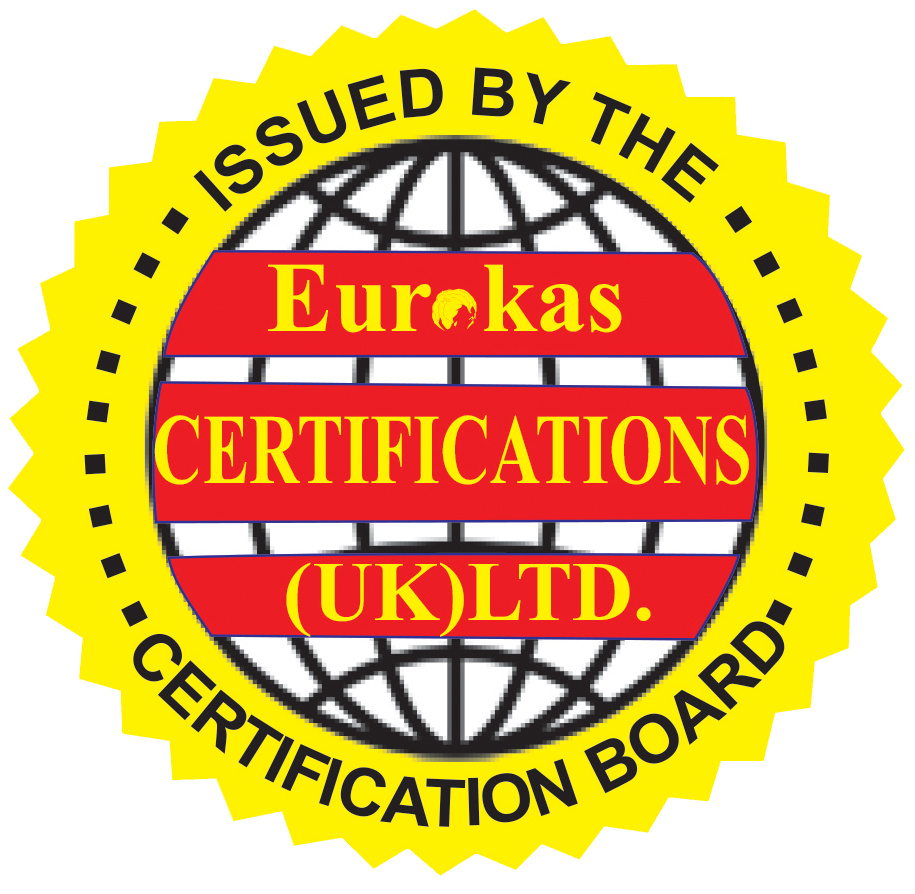The term “EU Directives Declaration” typically refers to a declaration made by a manufacturer or their authorized representative regarding the conformity of a product with specific European Union (EU) directives. When a product falls under the scope of an EU directive, the manufacturer may need to issue a declaration of conformity to demonstrate that the product meets the essential requirements outlined in the relevant directive.
Here’s a general overview of the process and elements associated with an EU Directives Declaration:
EU Directives and Declarations:
- Identification of Applicable Directive:
- Determine which EU directive(s) applies to the specific type of product. Various directives cover different categories of products, such as machinery, electrical equipment, medical devices, etc.
- Conformity Assessment:
- Conduct a conformity assessment to ensure that the product complies with the essential requirements specified in the relevant directive.
- Technical Documentation:
- Prepare technical documentation that demonstrates how the product meets the requirements of the directive. This documentation may include test reports, design specifications, risk assessments, and other relevant information.
- Declaration of Conformity:
- The manufacturer or their authorized representative within the European Union issues a Declaration of Conformity. This document declares that the product conforms to the essential requirements of the applicable EU directive.
- Affixing the CE Mark:
- If required by the directive, affix the CE marking to the product. The CE marking is a visible sign that the product complies with EU requirements.
- Availability of Technical Documentation:
- The manufacturer must make the technical documentation available to relevant authorities upon request.
Elements of a Declaration of Conformity:
A typical Declaration of Conformity includes the following elements:
- Identification of the Product:
- Clear identification of the product covered by the declaration.
- Details of the Manufacturer:
- Name and address of the manufacturer or their authorized representative.
- Reference to the Applicable Directive:
- Explicit reference to the EU directive(s) to which the product conforms.
- Compliance Statement:
- A statement declaring that the product complies with the essential requirements of the applicable directive.
- Date of Issue:
- Date when the declaration is issued.
- Signatures:
- Signature of the responsible person within the manufacturer’s organization or their authorized representative.
Importance of the EU Directives Declaration:
- Legal Requirement:
- The issuance of a Declaration of Conformity is often a legal requirement for certain products before they can be placed on the EU market.
- Market Access:
- The declaration facilitates market access within the EU and is often a prerequisite for selling products in EU member states.
- Consumer Confidence:
- It provides assurance to consumers and other stakeholders that the product meets the necessary safety and performance standards.
It’s crucial for manufacturers to understand the specific requirements of the relevant EU directives applicable to their products and to follow the prescribed procedures for issuing a Declaration of Conformity. The declaration is a key document in the process of demonstrating compliance with EU regulations.
